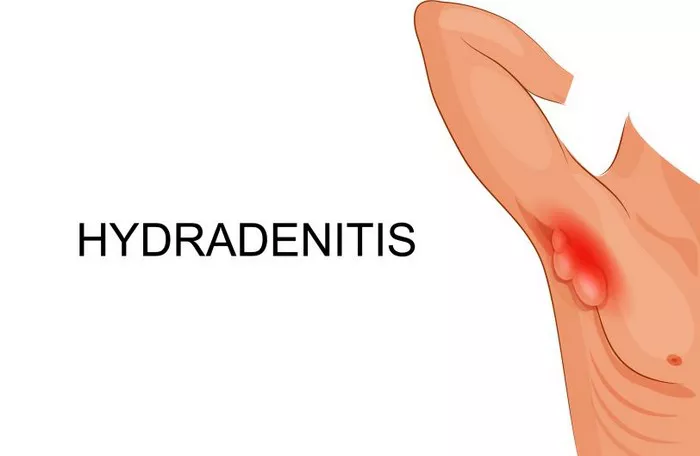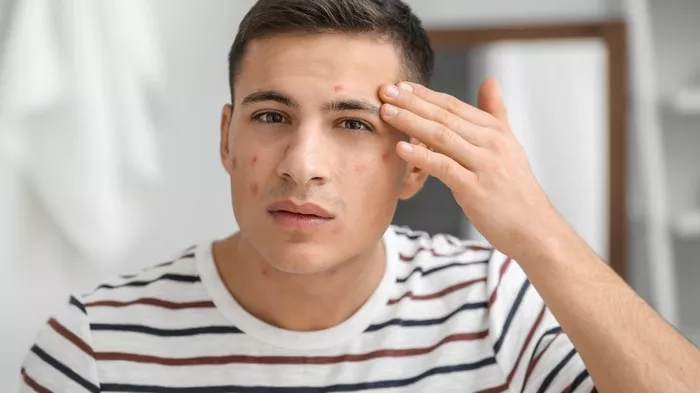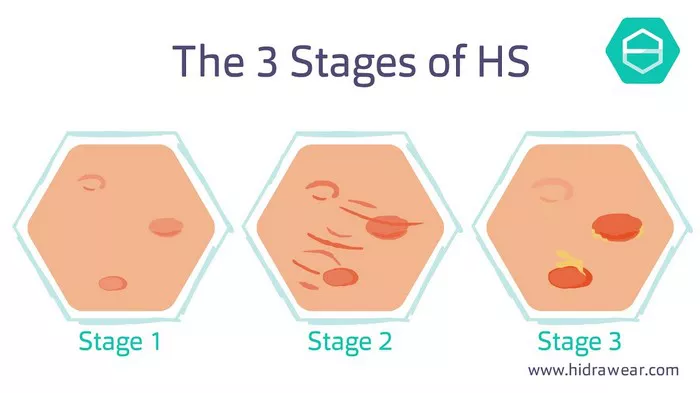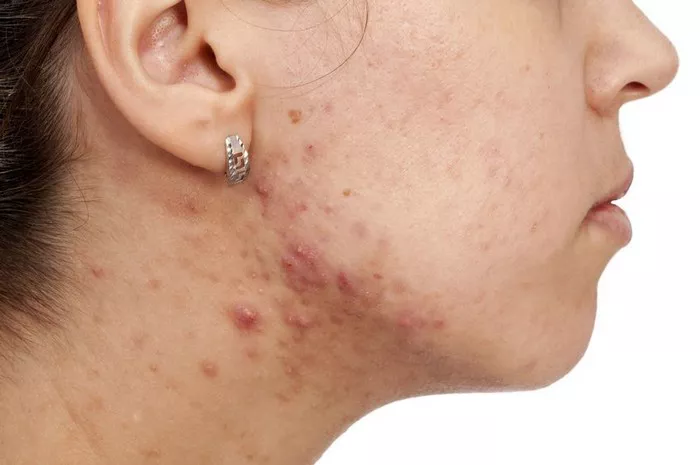In dermatology, the abbreviation “HS” commonly stands for Hidradenitis Suppurativa. This is a chronic skin condition that can significantly impact a person’s quality of life. Understanding HS is essential for patients, caregivers, and anyone interested in skin health. This article will provide a detailed overview of Hidradenitis Suppurativa, including its causes, symptoms, diagnosis, treatment options, and lifestyle management.
Understanding Hidradenitis Suppurativa
What Is Hidradenitis Suppurativa?
Hidradenitis Suppurativa (HS) is a long-term skin condition characterized by the formation of painful lumps, abscesses, and scarring. These lesions typically occur in areas where skin rubs together, such as the armpits, groin, under the breasts, and buttocks.
How Common Is HS?
HS is not very common, affecting approximately 1% of the population. However, it can severely affect those who have it. The condition often begins after puberty and is more common in women than men.
Causes of Hidradenitis Suppurativa
Genetic Factors
Research suggests that genetics may play a role in the development of HS. If you have a family history of the condition, you may be more likely to develop it.
Immune System Dysfunction
Hidradenitis Suppurativa is considered an inflammatory skin disease. It occurs when the immune system mistakenly attacks hair follicles, leading to inflammation and the development of painful nodules.
Hormonal Changes
Hormonal changes can also trigger or worsen HS. Many patients report flare-ups that coincide with their menstrual cycle, indicating a possible hormonal link.
Lifestyle Factors
Certain lifestyle factors can contribute to the severity of HS. These include:
Obesity: Excess weight can lead to skin friction, which may worsen the condition.
Smoking: Tobacco use has been linked to increased inflammation and severity of HS.
Poor Hygiene: While HS is not caused by poor hygiene, inadequate skin care may worsen symptoms.
Symptoms of Hidradenitis Suppurativa
Common Symptoms
The symptoms of HS can vary from person to person. Common symptoms include:
Painful Nodules: These are firm lumps that can become inflamed and painful.
Abscesses: These are pus-filled lumps that can rupture and drain.
Sinus Tracts: These are small tunnels that form under the skin, connecting lesions.
Scarring: As the condition progresses, scarring may occur in affected areas.
Flare-Ups and Remission
HS often goes through cycles of flare-ups and remission. Flare-ups can be triggered by various factors, including stress, hormonal changes, and infections. During a flare-up, symptoms can worsen, leading to increased discomfort and pain.
Diagnosing Hidradenitis Suppurativa
Physical Examination
Diagnosing HS usually begins with a physical examination. A dermatologist will look for characteristic signs, such as nodules, abscesses, and scars in typical areas.
Medical History
A thorough medical history is also essential. The doctor may ask about your symptoms, family history, and any lifestyle factors that could contribute to the condition.
Diagnostic Tests
In some cases, additional tests may be necessary. These can include:
Skin Biopsy: A small sample of skin may be taken to rule out other conditions.
Blood Tests: These tests can help identify underlying issues or infections.
Treatment Options for Hidradenitis Suppurativa
Medications
Several medications can help manage HS symptoms and reduce flare-ups:
Topical Treatments: Creams and ointments containing antibiotics or steroids can help reduce inflammation and prevent infection.
Oral Antibiotics: These are often prescribed to manage infection and reduce inflammation.
Hormonal Therapy: In some cases, hormonal treatments may be effective, especially for women experiencing flare-ups linked to their menstrual cycle.
Immunosuppressants: These medications can help regulate the immune response and reduce inflammation.
Surgical Options
For severe cases of HS, surgical interventions may be necessary:
Drainage of Abscesses: This can provide immediate relief from painful lumps.
Wide Excision: In more severe cases, removing affected skin may be required to prevent recurrence.
Lifestyle Modifications
Making certain lifestyle changes can help manage HS:
Weight Management: Maintaining a healthy weight can reduce friction in affected areas.
Quit Smoking: Stopping smoking can improve overall skin health and reduce flare-ups.
Hygiene Practices: Keeping affected areas clean and dry can help prevent infections.
Alternative Therapies
Some patients find relief through alternative therapies. These may include:
Warm Compresses: Applying warm compresses can help soothe pain and promote drainage of abscesses.
Dietary Changes: Some individuals report improvement with specific diets, such as anti-inflammatory diets or avoiding certain trigger foods.
Living with Hidradenitis Suppurativa
Emotional Impact
Living with HS can take a toll on mental health. The chronic nature of the condition, along with its visible symptoms, can lead to anxiety and depression. It’s important for patients to seek support from mental health professionals if needed.
Support Groups
Connecting with others who have HS can provide valuable support. Many online and local support groups focus on sharing experiences, coping strategies, and treatment tips.
Educating Yourself
Knowledge is power. Understanding HS can empower patients to manage their condition effectively. Staying informed about the latest research and treatment options is crucial.
Conclusion
Hidradenitis Suppurativa is a challenging and often misunderstood condition. By understanding what HS means in dermatology, its causes, symptoms, and treatment options, individuals can take proactive steps in managing their health. Whether through medications, lifestyle changes, or emotional support, there are ways to cope with and reduce the impact of HS on daily life.
If you or someone you know is experiencing symptoms of Hidradenitis Suppurativa, consult a dermatologist for a proper diagnosis and personalized treatment plan. Early intervention can significantly improve quality of life and reduce the severity of the condition.
Related topics:
























